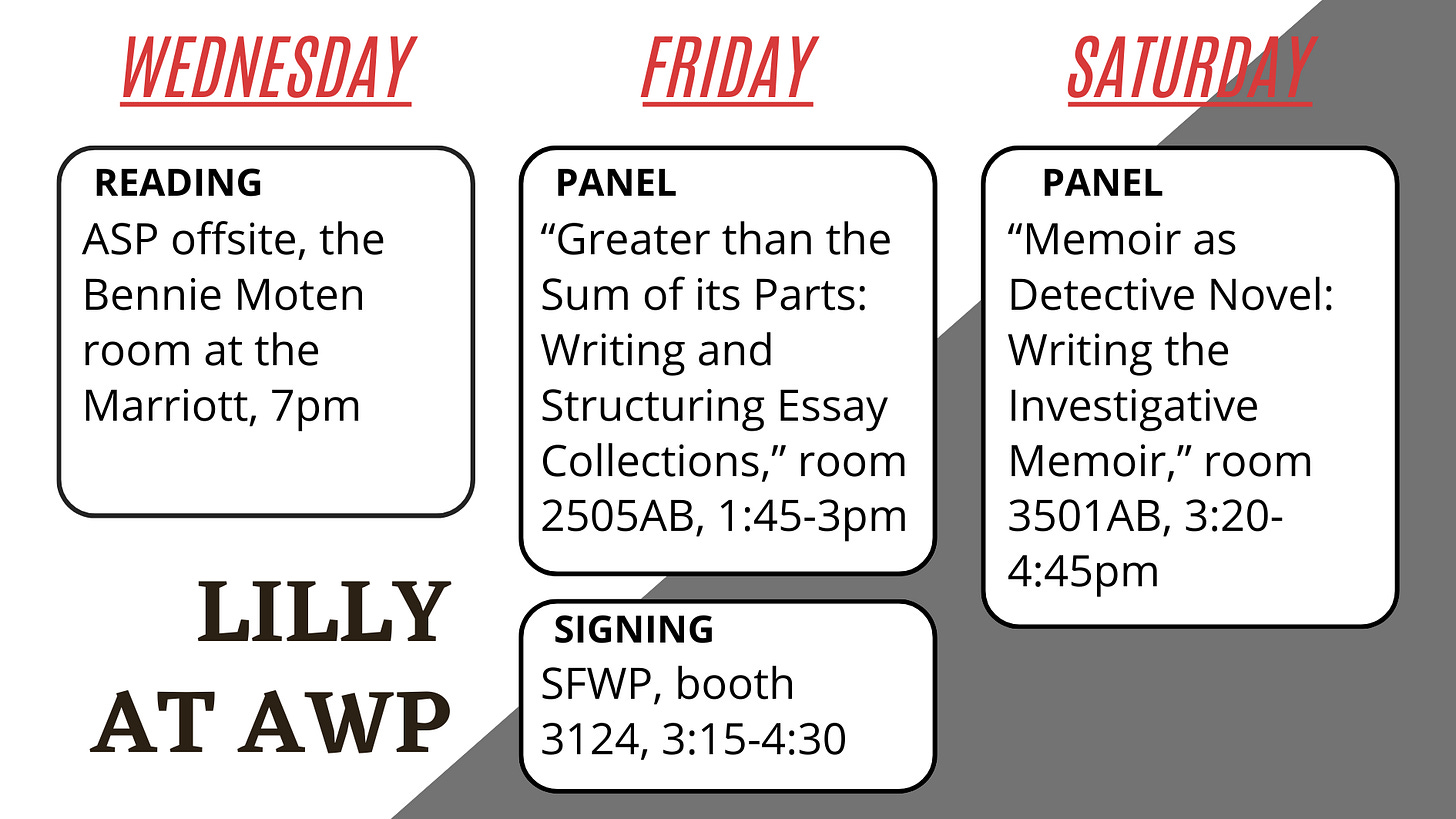A beautiful young woman with an inattentive husband is trapped somewhere that sounds more glamorous than it really is, and she doesn't know what to do with herself. Aesthetically pleasing ennui ensues.
This description fits Sophia Coppola's newest film, Priscilla, in which Elvis Presley's young wife is left alone and uncertain at Graceland—but also Lost in Translation (Scarlett Johansson’s photographer husband leaves her in their Tokyo hotel, where she meets equally lonely Bill Murray); and Marie Antoinette, in which the metaphor feels most literal: a princess trapped in a castle. (And of course there are strains of the same stifled feminine malaise in Coppola’s feature debut, The Virgin Suicides, even though it diverges on some details: a group of girls rather than one; parents rather than a husband.)
This is not a criticism or a complaint—I love it when artists repeat themselves. When they circle and probe the same idea over and over again, with different details, different characters; even different sensibilities as their style evolves over the course of a career. To see an artist so unapologetically worry the same stone for years, across multiple projects, makes me trust the authenticity of her vision. It shows me that she’s following an obsession—the path down which the greatest art tends to lie.
She is sometimes dismissed as all style and no substance, but don’t be fooled by the level of attention she pays to color schemes: Sophia Coppola has both a recognizable aesthetic and something real to say. Something that is genuinely coming from within her, keeping her up at night, demanding an outlet. If each of these films didn’t demonstrate this on their own (which I think they do), then they certainly do when taken together. There’s been plenty of speculation about which personal experiences inspired her films, but that all feels almost beside the point—whether she’s articulating something about her own marriage and divorce, or about being the daughter of a cultural giant, or a little bit of both, she is an undeniable master of creating mood and feeling on screen. And the repetition of this particular mood and feeling makes me want to know what about it keeps pulling her back.
This repetition is also comforting as someone who finds myself returning to the same ideas over and over again in my own writing. I would love to stop writing about grief, but any time I let the words flow for long enough, they inevitably veer back there. I’ve joked that First Love was my attempt at lighter material—a book about friendship! …that includes a murder and a suicide. I can’t help it. I keep coming back to grief in my work because there’s still more to say; because I haven’t fully captured it yet.
I wish I could ask Sophia Coppola (and get an honest, non-PR-trained answer) if she thinks she’s captured her it yet—if any of these films, or the refraction of all of them together, reflect back to her what she’s been trying to express about loneliness that looks like luxury from the outside. I guess I’ll find out when I watch whatever she does next and see if she’s still re-casting and re-lighting this same flavor of opulent isolation and feminine discontent.
ICYMI: I published a craft essay with Brevity last week—a braided essay about braided essays, and the way they make space for the unsayable.
Also, if you’re going to AWP in Kansas City this week, this is where I’ll be! Come say hi.






So much Sofia-worthy phrasing here. I especially liked: “loneliness that looks like luxury”
Aaaaand the worst thing about Substack (no editors) strikes again. Sorry for misspelling your name, Sofia, I fixed it!!